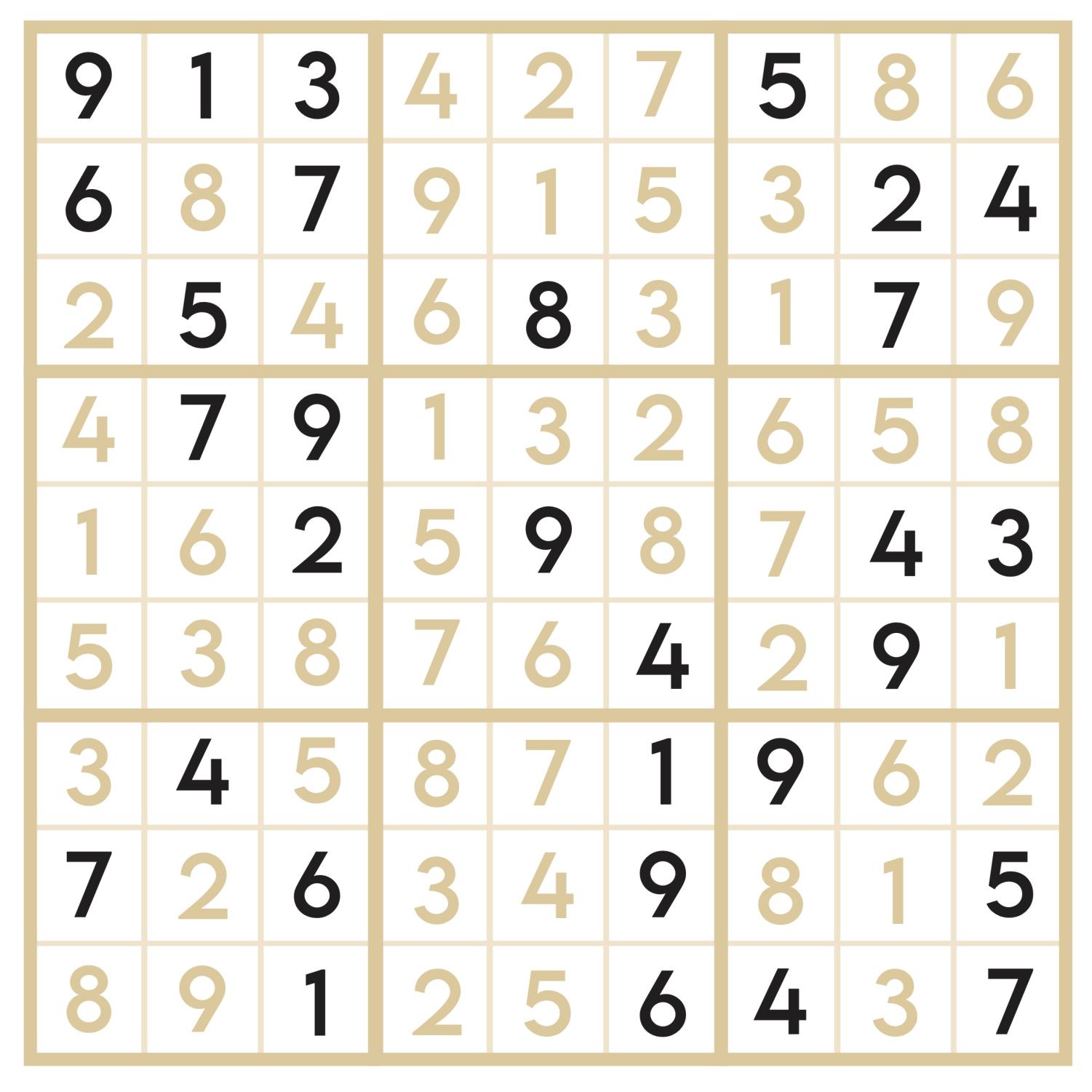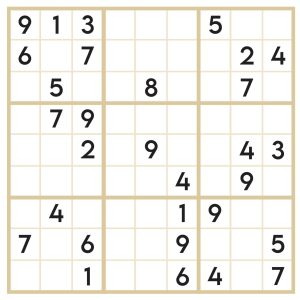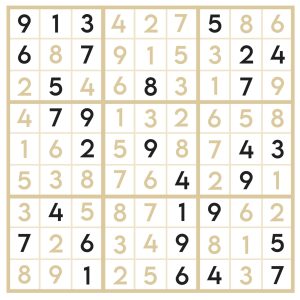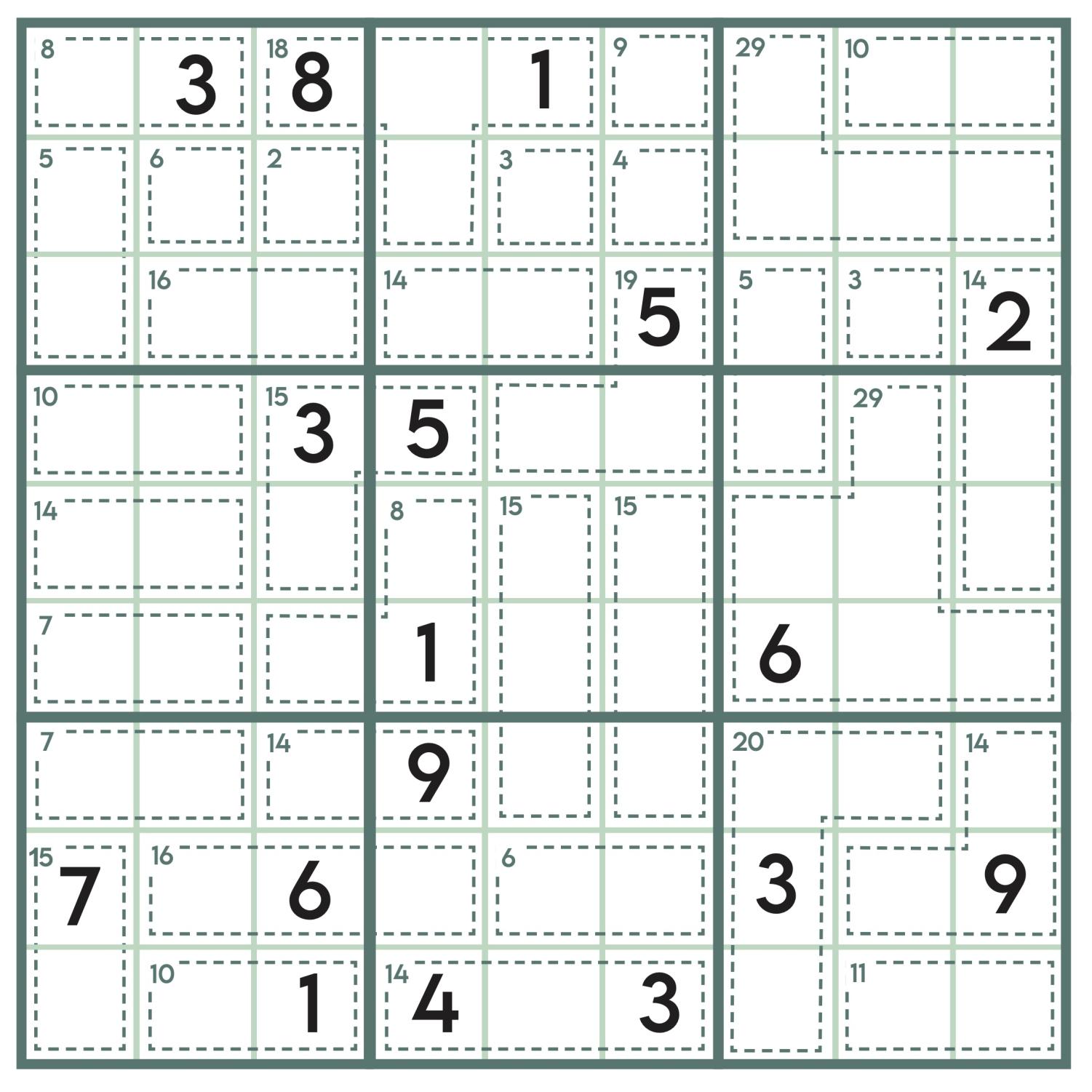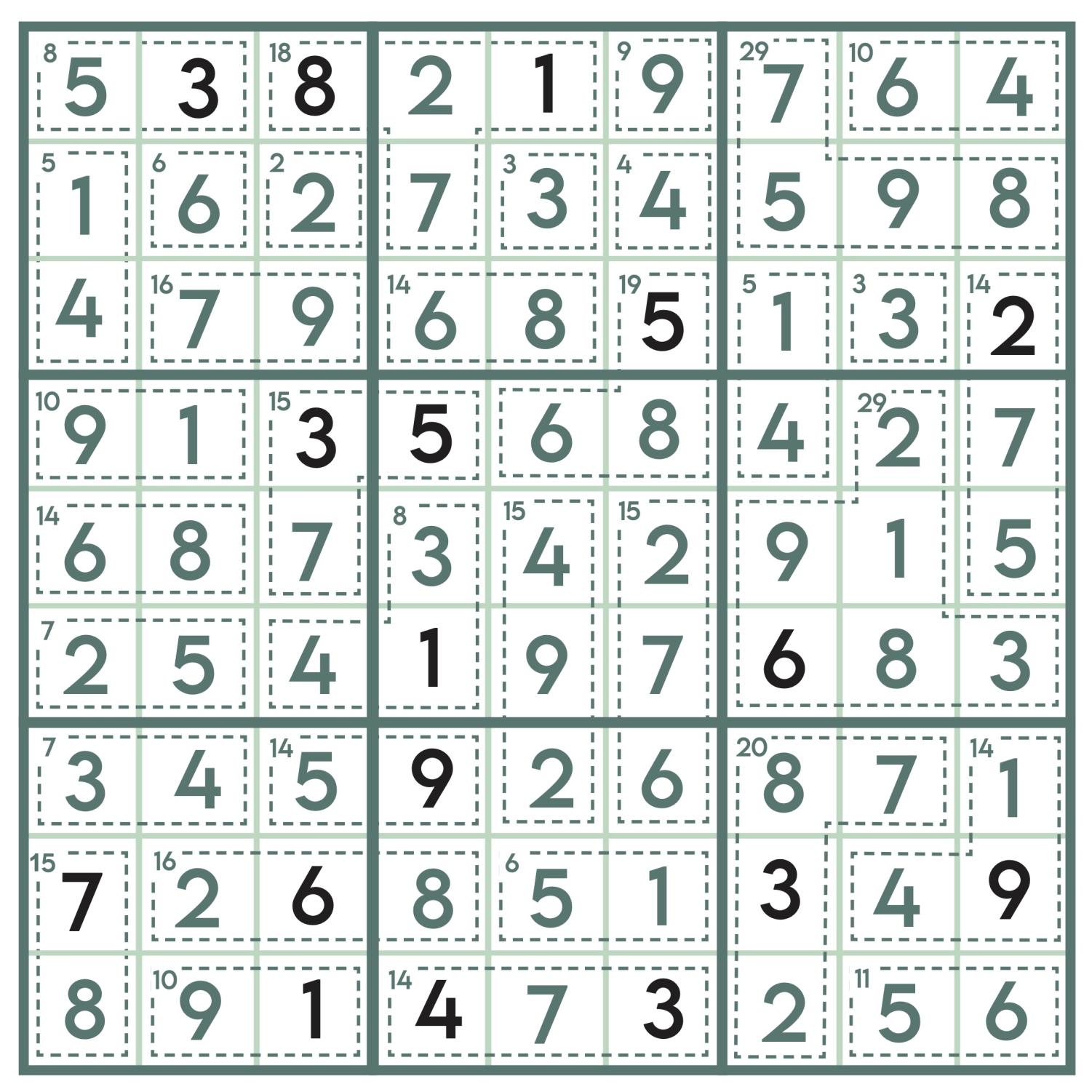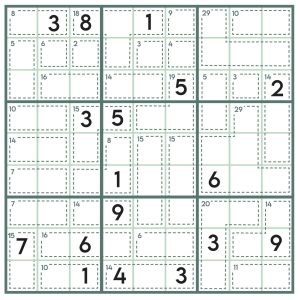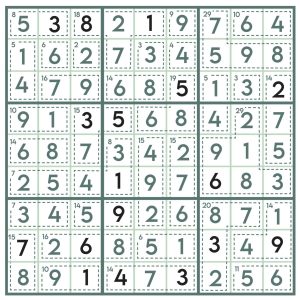The History of Sudoku
The origins of this popular number puzzle are not what you might think.
Logic, patience and a pencil: that’s all you need to defeat Sudoku’s 9×9 grid.
At first glance, the maze of numbers and empty squares seems like a mathematical quandary. But upon closer inspection, Sudoku requires no mathematical skill at all. It also doesn’t require general knowledge (like crossword puzzles) or linguistic ability (like word games), making it perhaps the most accessible game of newspaper back pages and puzzle books.
While Sudoku gained its name and initial popularity in Japan, the first modern Sudoku game was actually published in Manhattan, New York as a puzzle called “Number Place” in a 1979 issue of Dell Puzzle Magazines. Although the creator is anonymous, scholar Ed Peggs proposed in a 2005 article that Number Place was most likely designed by Howard Garns, an architect and puzzle designer from Indiana. This is because his name appears on all Dell Puzzle Magazine issues containing Number Place, and is absent from the issues that don’t contain it.
The rules of Number Place (and Sudoku) are simple and don’t require any mathematical skill, making it easy to learn and understand. Players must fill in a grid with numbers so that each row, column, and square contains the numbers 1-9 with no repeats. Some squares are already solved, allowing the player to use logic and elimination to fill in the rest of the grid.
This kind of puzzle dates much further back than 1979. In its simplest form, Sudoku is simply a kind of Latin square, which is a term for any grid whose elements appear exactly once in each row and column. Although their creation is often attributed to the Swiss mathematician Leonhard Euler in 1767, Choi Seokjeong, a Korean mathematician, published a work on Latin squares in 1700, almost 70 years before Euler.
Latin squares are used in statistical experiment design, computer coding, and, of course, games like Sudoku. The added requirement in Sudoku of every square containing no repeats adds to the complexity of the puzzle.
However, Number Place wasn’t wildly popular when it was released in 1979. It continued to quietly circulate until 1984, when Maki Kaji, president of the Japanese company Nikoli, discovered it and published it in his monthly puzzle magazine. He titled the puzzle “Sūji wa dokushin ni kagiru” (数字は独身に限る), which means “the digits must be single” (“dokushin” literally means an unmarried person in Japanese). The title was later abbreviated to “Sudoku”.
Sudoku didn’t reach the rest of the world for some years. According to The Guardian, Wayne Gould, a Hong Kong judge originally from New Zealand, saw a Sudoku puzzle in a Tokyo bookstore in 1997 and grew fascinated. He spent the next six years writing a computer program that could create new puzzles, and then gave the British newspaper The Times one of his puzzles to publish in 2005.
From there, Sudoku quickly spread across Britain, the rest of Europe, and finally back to the United States, where it all began with Number Place 26 years earlier.
Over the years, Sudoku has evolved and spawned numerous variations. Below is a classic Sudoku puzzle and a “Killer Sudoku” version (which involves some arithmetic and is a little trickier to complete). Click through the slideshow to view the solutions. Happy solving!






























